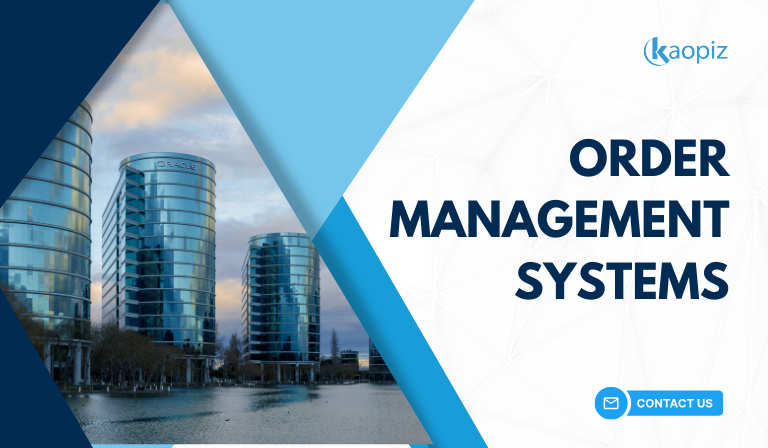“Sales are booming, but we can’t keep up with order management.” “We need more hands, but even adding staff isn’t enough.”
While increased sales are great, overworked environments and order errors can lead to significant losses, which should be avoided at all costs. With growing business competition, operational efficiency is now critical. Digital transformation (DX) is being driven to address this change. As part of this DX initiative, this article explores the benefits of implementing an order management system, the key considerations, and how to choose the right system.
Table of contents

What is an Order Management System?
An order management system (OMS) is a system designed to automate order processing tasks. It can streamline operations such as:
- Order processing automation
- Centralized customer database management
- Invoice creation and financial management
Benefits of Implementing an ODM
Digitalization of order processing is crucial to DX, forming the foundation for automating sales management processes. Here are four key benefits of adopting an OMS:
- Long-Term Cost Savings and Efficiency
An OMS enhances efficiency and reduces human errors, saving both time and costs. The system centralizes data management, improving accuracy and ensuring data consistency. - Reduced Order Errors
Manual order processing often leads to mistakes, such as wrong shipments or delays. An OMS automates these tasks, reducing the chances of errors caused by human oversight. - Enhanced Customer Satisfaction
Implementing an OMS ensures prompt, accurate, and reliable service, increasing customer trust and satisfaction. It also helps accommodate various customer needs, boosting retention and loyalty. - Easier Focus on Core Operations
Automating repetitive tasks allows employees to focus on core business activities, improving overall productivity.

Considerations When Implementing an Order Management System
While the benefits are clear, implementing an OMS comes with challenges. Key considerations include:
- Development and Maintenance Costs: It’s essential to evaluate the total cost of development, implementation, and maintenance.
- Security: Ensure robust security measures to protect customer data.
- Usability: The system should be easy to use and integrate with other business systems.
- Automation Scope: Carefully consider which processes should be automated to achieve the best results.
How to Choose the Right Order Management System
Selecting the right OMS depends on your industry and business requirements. In some cases, custom-built systems may be worth considering to meet specific needs.
Conclusion
In today’s competitive landscape, companies that thrive are those embracing digital transformation (DX). Implementing an order management system is a critical step in that journey. At Kaopiz, we specialize in providing customized solutions to streamline your business processes and enhance efficiency.
Contact Kaopiz today to learn how we can help implement a high-performing and secure order management system for your business.




















